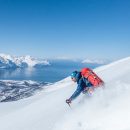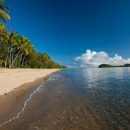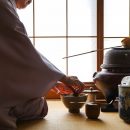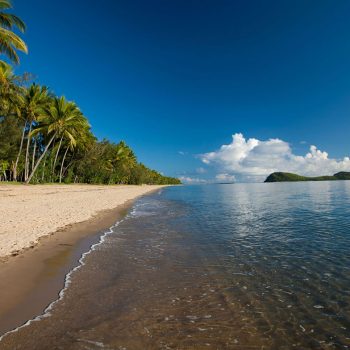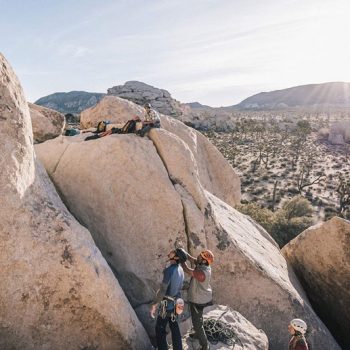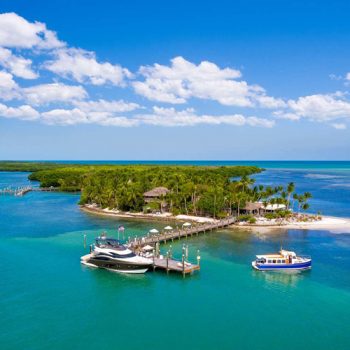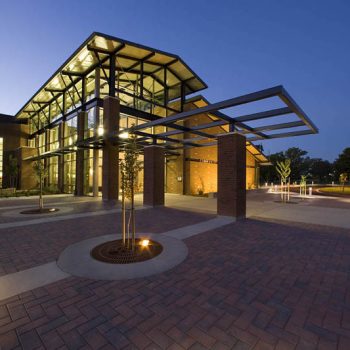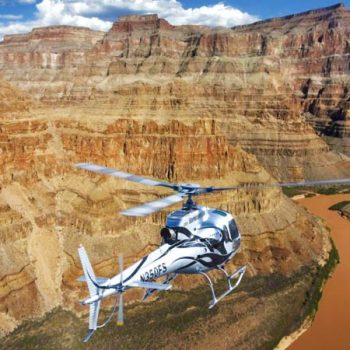Life at Cape Flattery Lighthouse
In March of 1778 Captain James Cook sailed the waters of the North Washington Coast where there was an opening along the coastline. He named the place Cape Flattery because he thought he had been flattered into thinking it was a passage into The Strait of Juan de Fuca. In his logbook he wrote “In this very latitude geographers have placed the pretended Strait of Juan de Fuca. But nothing of that kind presented itself to our view, nor is it probable that any such thing ever existed.”
Ten years later Captain John Meares managed to confirm the existence of the Strait of Juan de Fuca when he visited a small island that sits about a half mile off Cape Flattery. There he met Tatooche, chief of the Makah Indians. He named the island after Chief Tatooche. The chief used the island as his base during summers when he hunted whales and caught salmon.
In 1850 William McArthur had just finished surveying the west coast and recommended a lighthouse be established on Tatooche Island. In this way the vessels could enter the strait at night and not have to wait until daylight. In 1854 Congress was convinced to allocate $39,000 to build lighthouses on Tatoosh Island and on New Dungeness Spit. The government had paid $30,000 for all of the Makah’s traditional lands except for a small reservation at Neah Bay.
The Makah Indians were quite angry with the white people who purchased their land and gave the construction crew a hostile reception. This was because several hundred of the Indians had been killed by an outbreak of smallpox in 1853 brought on by the disease bearing “Bostons”. During the summer the Indians continued to use the island for fishing and whale hunting. In order to protect themselves the construction crew built a blockhouse of rough-hewn timbers before they started construction on the lighthouse. There was always one member of the crew on guard duty but there were no more issues with the Indians other than a few missing tools and supplies.
On December 28, 1857 the first-order Louis Sauter Fresnel lens light was first illuminated in the sixty-six foot tower of Cape Flattery lighthouse. This tower was taller than most of the Cape-Cod-Style lighthouses. Its white light had a focal plane 162 feet above the sea. Cape Flattery lighthouse was the fourteenth established on the west coast.
The pay for a lighthouse keeper was poor and the weather conditions were miserable.causing many keepers to resign. In 1861 there was a visitor to the island who saw the rundown condition of the lighthouse. He saw the leaky roof and the moss growing on inside walls. Wind even blew across the chimney causing smoke to invade the living quarters. The keepers were provided with extra fuel and the district engineer was commanded to find a permanent solution.
In 1873, after several years of deplorable conditions and inept keepers, the lighthouse dwelling was declared “not fit to be occupied” as the walls were moldy all year long. Congress appropriated $18,000 to build a new duplex with six rooms on each side. The rooms in the lighthouse which were formerly keepers quarters were now being used for storage.
Some very interesting things happened on this island. Francis James was the first principal keeper. One day he became angry with an assistant and threw coffee in his face. The two men decided to settle the argument with a gunfight. They took three shots at each other, called it a draw and shook hands. Later, another assistant confessed to removing the bullets.
Due to the “frollicking” nature of the bachelor keepers it was decided that keepers with families were more dependable and in 1894, with families coming onto the island, it was determined that more living space was needed. and the lighthouse was once again made livable.
October 27,1900 assistant keeper Nels Nelson and Frank Reif lost their lives in a small boat during a storm. Their bodies were found over a week later on Vancouver Island.
In 1900 John W Cowan and his wife and seven children arrived at the lighthouse and stayed on for 32 years experiencing many exciting times. The children attended school in Portland while staying with relatives. They spent the summers at home on the island with their parents. Eventually there were enough children on the island to warrant a school.
On February 18, 1911 Cowan saw a vessel struggling in angry seas between Tatoosh Island and Neah Bay. He was able to rescue two navy radio men, but was unable to save three others including his own son Forrest.
There is a story, not verified, that a seventy-mile-per-hour gale hit the island in 1921. It blew Mr. Cowan across the island for about 300 ft while he clung to vegetation before crawling to safety. The family’s bull was listed as “lost at sea”. Everyone was very surprised and plied him with extra rations when he swam asho
The Cowan family was evidently much beloved . When they left the island after retiring in September of 1932 their fellow islanders were in tears.
Second Assistant Keeper Ole Rasmussen was another casualty while returning to the island in a small boat. Heavy swells capsized his craft and he was struck in the head.
The weather station was closed in 1966. 1977 brought automation of the light station. A modern beacon was installed to replace the tower’s Fresnel lens in 1996
The Makah Indian Tribe now controls the decommissioned Cape Flattery Lighthouse and the island.
It is well worth the trip to drive to Neah Bay, get out of the car and hike the o.75 miles to the tip of the cape where you can view Tatoosh Island and the lighthouse. This happens to be the western most point in the continental US.
In Port Angeles you can visit the Museum at 207 South Lincoln Street where you can see the fourth-order Fresnel lens that was used at Cape Flattery. The museum hours are Wednesday through Saturday from 1 to 4 p.m.



